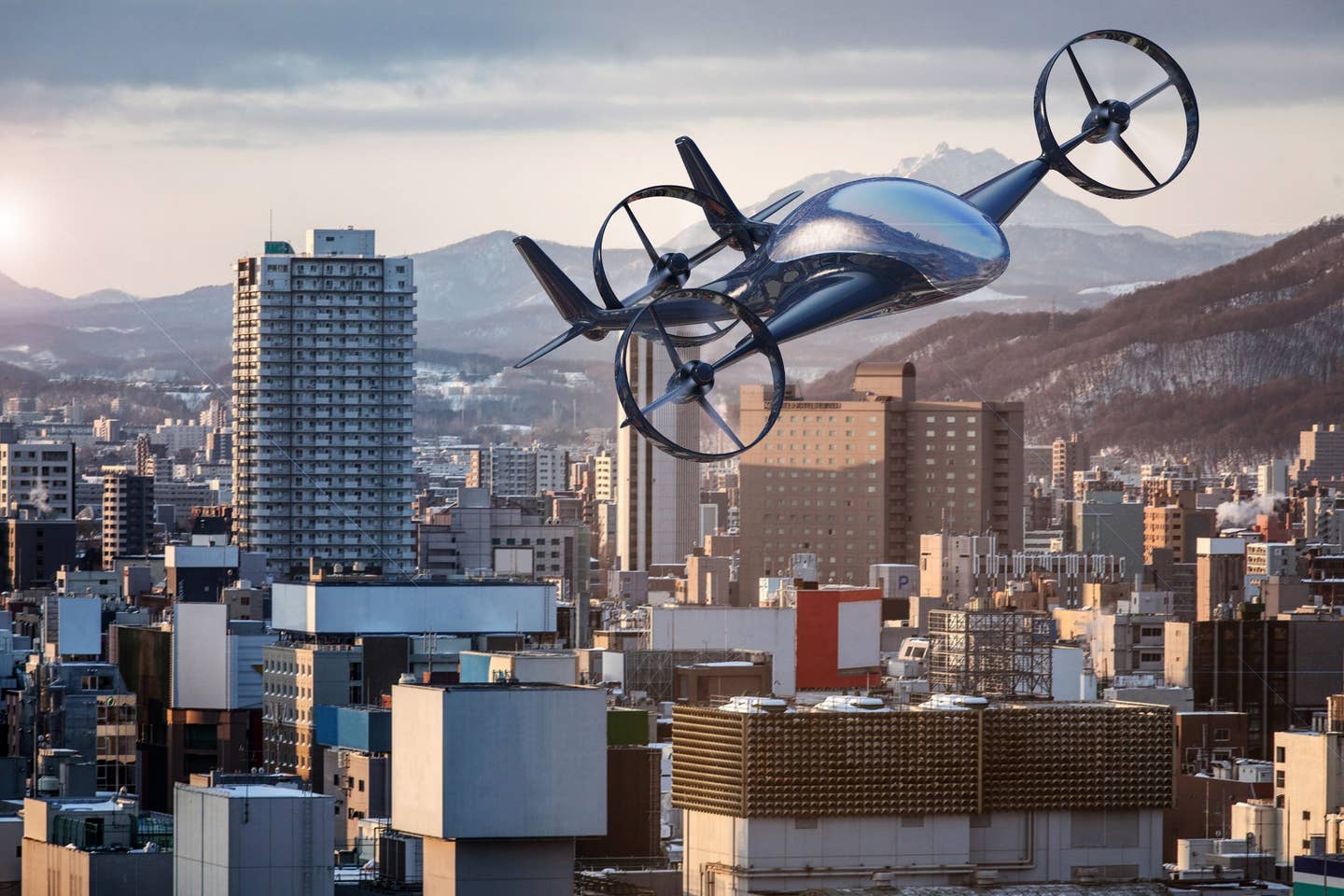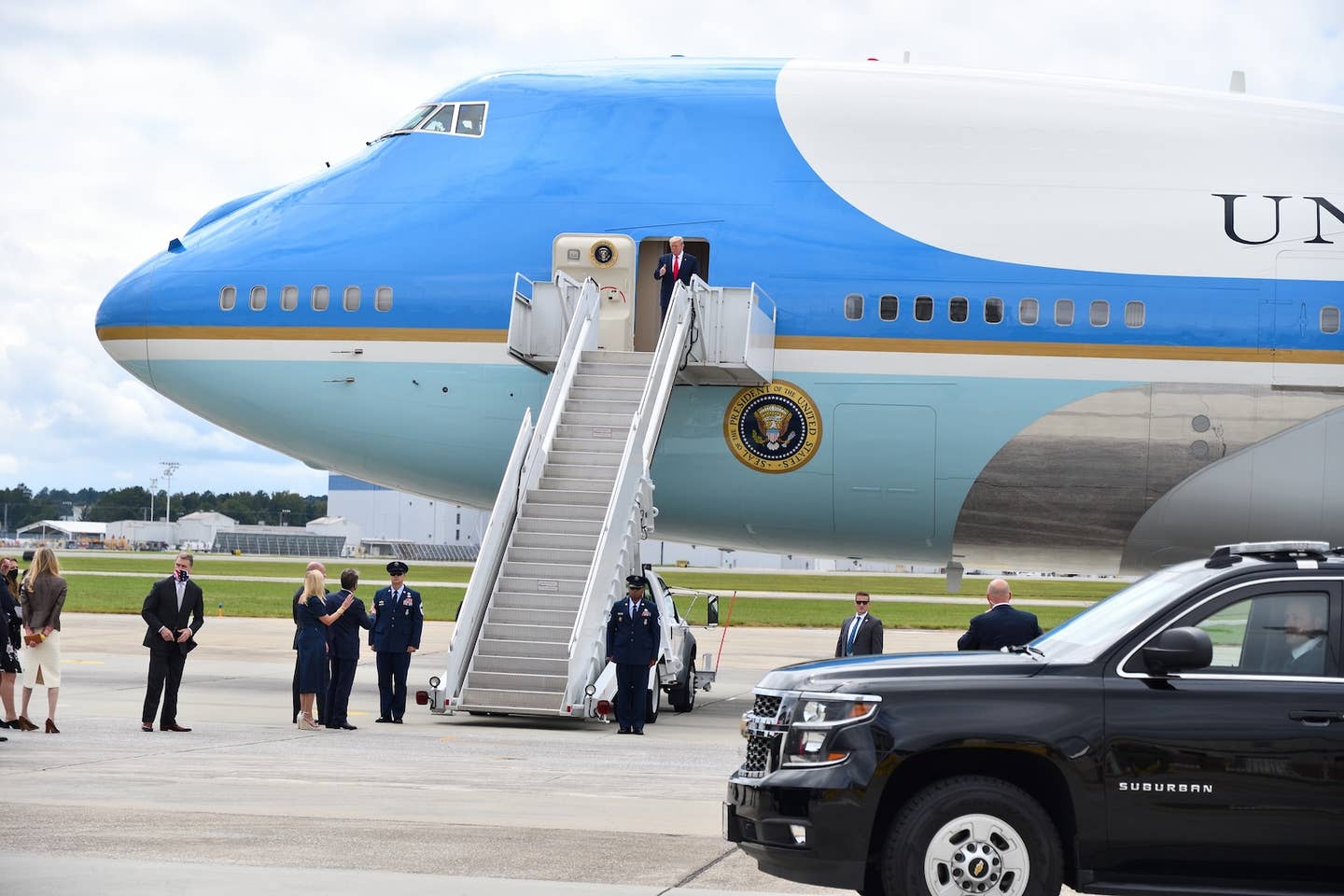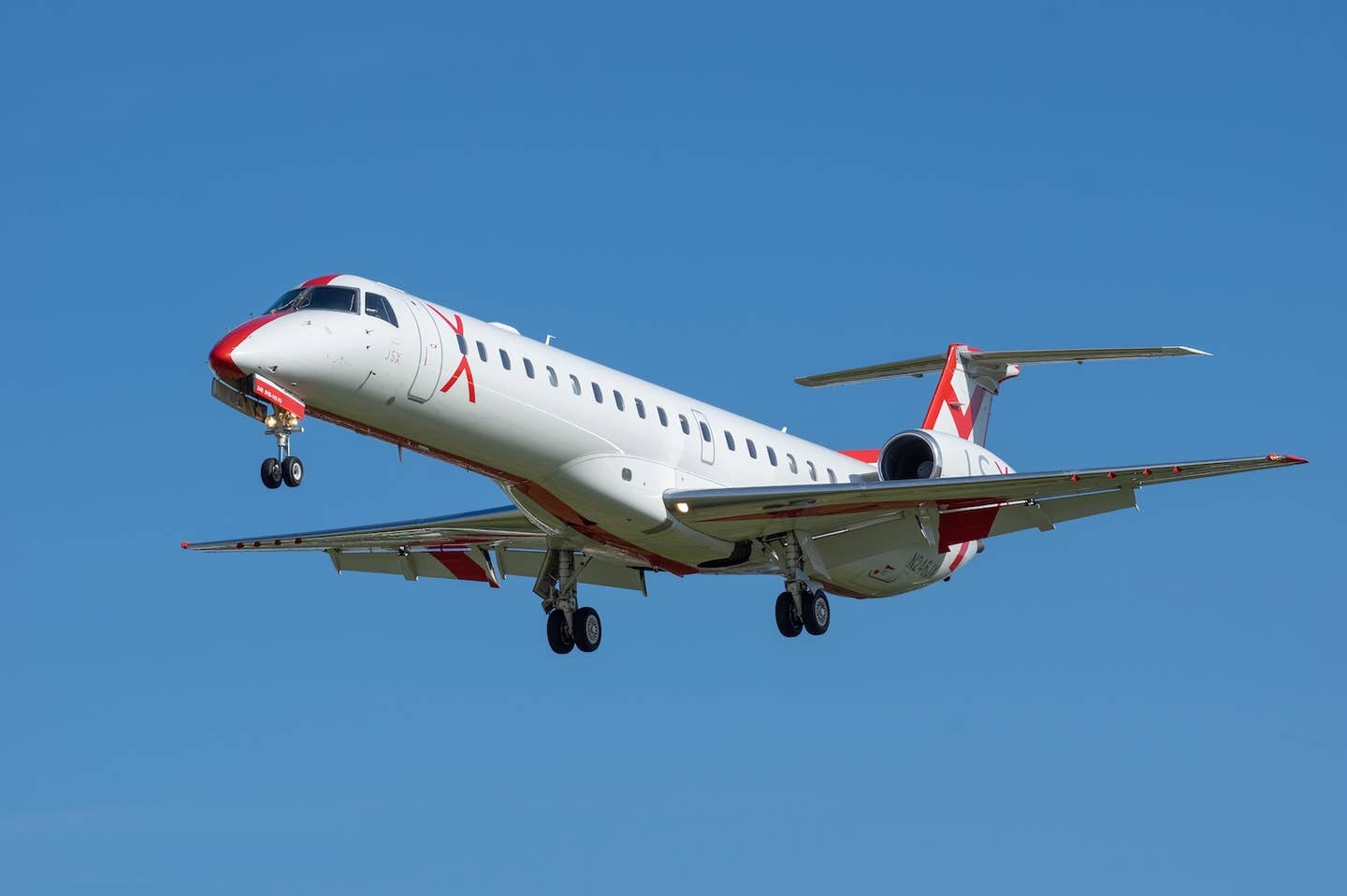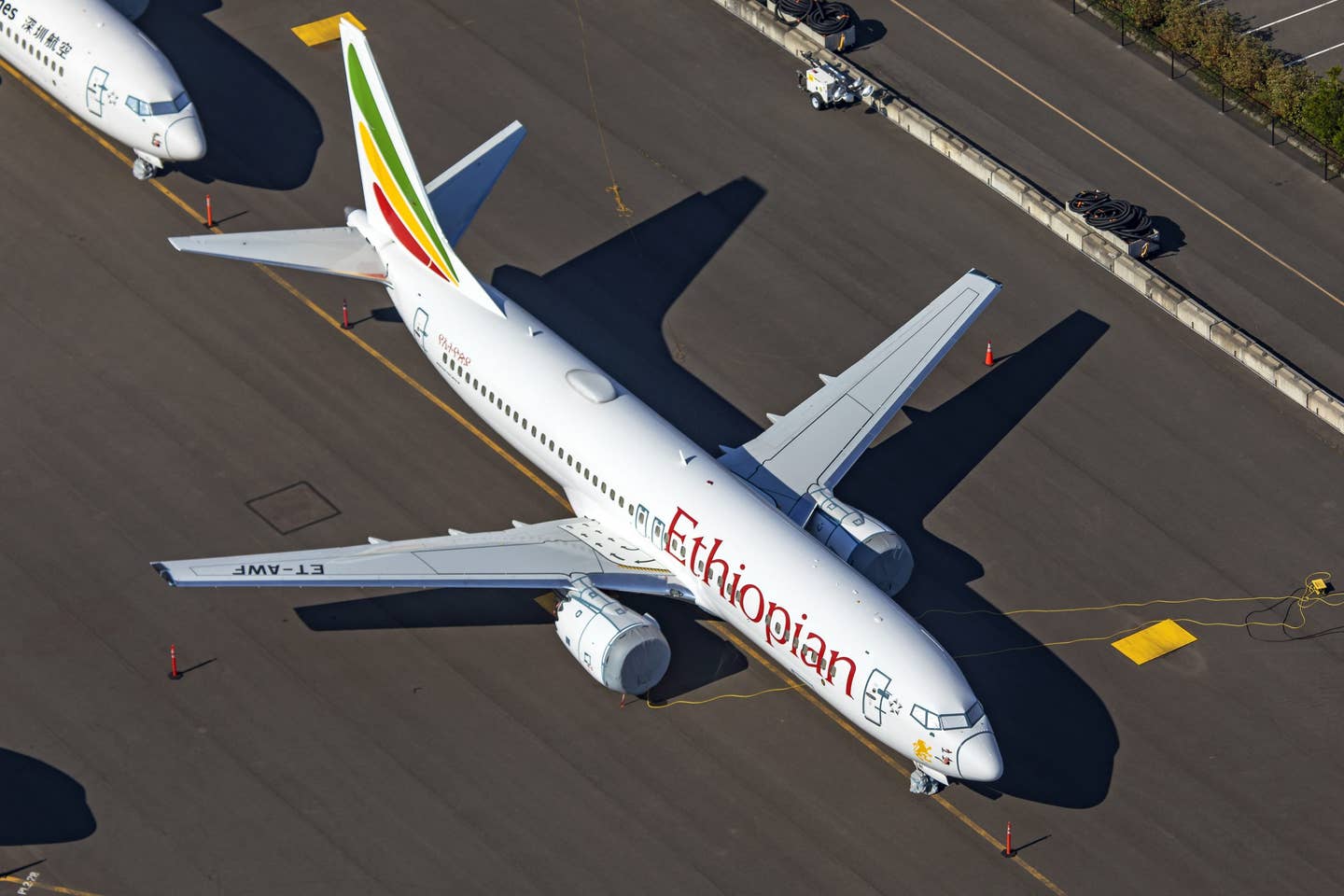
The eVTOL sector is getting a lot of talk these days. Adobe Stock
I spend a lot of time with venture capitalists (VCs) and in Silicon Valley. Part of this is because one of my companies, FreightWaves, is venture-funded, but it’s also because I enjoy staying close to disruptive technologies and founders.
VCs approach the world dreaming of what technology or disruptive business plan is possible, while thinking about the challenges that may slow their progress.
Recently, one of my VC friends that is heavily involved in mobility technology saw one of my tweets about eVTOL and he sent me an email challenging my comments that the eVTOL revolution was upon us.
I have deep respect for his understanding of disruptive technologies, but also know him to be excited about the future.
He gave me permission to publish his comments, but asked that I not reveal his name. After all, VCs work hard to maintain relationships with founders and their thinking evolves over time.
His comments to me:
“Saw your tweet on eVTOL companies and was wondering if there’s something I’m missing in these,” he said. “We’ve looked at a dozen or more of these companies so far and struggle with some significant obstacles.”
He added some notes that he recently sent to one of his limited partnerships about a year ago. They include:
New airframe certification with the FAA is costly and very long. It’s often five-plus years and costs hundreds of millions of dollars.
Compared to other forms of mobility, air mobility is uniquely subject to FAA “fuel reserve requirements.” For fixed-wing aircraft, it’s 30-45 minutes of additional fuel; for helicopters it’s 20-30 minutes. I don’t know where this will shake out with eVTOL, but it does add to range limitations. (And a battery degrades over time, often 20 percent within two to four years). We wonder if these aircraft will have sufficient, reliable range for the use cases without having to overbuild the battery too much (which would make it costly, add weight, add fire risk, and reduce volumetric capacity for passengers).
Battery storage is getting safer, but air mobility requires a lot of cell density on an aircraft, and that increases fire risk (e.g., hundreds of Teslas have caught on fire). We spoke to a major boat manufacturer looking at EV boats, and while their proximity to water adds a unique risk, they cited fire risk as one of their biggest concerns.
Electric powertrains require infrastructure and fast charging capabilities. Even so, uptime of vehicles is limited if they’re stuck charging for extended periods (most fast charging is good for charging to 80 percent, but if your range needs plus FAA fuel reserves require a recharge to 100 percent, that is far more lengthy of downtime.)
Pilot supply is (generally) not going up and we’re not yet sure what type of certificate a person would need for these. Just as an example, there are about 14,000 rotorcraft pilots in the U.S., but 33 percent aren’t instrument rated (basically can only fly on clear days) and 20 percent are in areas where air mobility makes less sense (low-density, rural areas).
If there are only 6-7k viable pilots and the aircraft only has three to four passenger seats, it’s unlikely that eVTOL would ever make a big dent in overall mobility needs. For example, there are 1,313 instrument-rated commercial pilots in the entire Western-Pacific region…and there are 200,000 Uber drivers in California alone.
This of course ignores fixed-wing pilots and that may be inappropriate, as eVTOL may be a case where there’s broad appeal to this audience and transferability of skills and license exists—even still, I’m not sure the commercial pilot market is big enough to make an intracity or regional air mobility service at-scale possible.
In Los Angeles, a city known for its sunshine and horrible traffic, the weather data shows that IFR is still required on something like 22 percent of days. If you have pilots that can’t fly IFR, you can’t provide a reliable transportation service people can count on. Users cite this as a huge deterrent.
Noise pollution may severely limit the locations that “hubs” can be placed to support user demand. Road traffic is 60db; a helicopter is more than 100db at takeoff and 89db at 1,500 feet. eVTOL takes that down to about 40 db at 1,500 feet and approximately on par with road traffic at ground level. Adding density to our cities means bringing that noise into more congested areas (buildings, population centers).
We’ve seen some data around very high NPS scores for air mobility experiences but propensity to pay is still very low. If people aren’t willing to pay a premium over, say, Uber Black, it’s hard to see a vehicle that has no greater passenger capacity and a far higher CapEx and labor price point ever make sense at scale.
We’re a little surprised to see a space that has technical risk, go-to-market risk, and consumer behavior risk get as much attention and capital as it has.
The eVTOL market is also getting crushed with SPAC redemptions. Something like $425 million of the $690 million in the SPAC trust for Joby ended up redeeming, so now they’ll be a public company in a capital-intensive space with $425 million less capital to execute on their plan.
Interested in participating or following the conversation? Follow me @freightalley on Twitter.

Sign-up for newsletters & special offers!
Get the latest FLYING stories & special offers delivered directly to your inbox



![United Airlines secures FAA approval for Starlink, with first commercial flights set for May. Starlink offers 50x faster internet, free for MileagePlus members. [Courtesy of United Airlines]](https://www.flyingmag.com/uploads/2025/03/UnitedAirlines_Starlink_Image.jpg?auto=webp&auto=webp&optimize=high&quality=70&width=1440)


